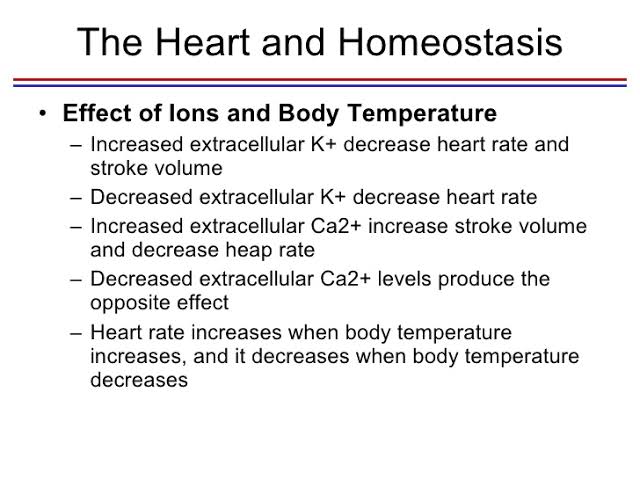Animal Husbandry And Veterinary Science Notes On – Effects Of Ions On Heart – For W.B.C.S. Examination.
Animal Husbandry & Veterinary Science is highly scoring optional subject in W.B.C.S. Mains exam. The aspirants from the academic background in Animal Husbandry & Veterinary Science, Botany, Zoology and allied field can opt this as their optional for W.B.C.S. Mains exam. It will be difficult to any aspirants does not have a prior knowledge of Animal Husbandry & Veterinary Science or Zoology.The electrical stability of the heart is more sensitive to the extracellular than to the intracellular potassium concentration. During exercise, extracellular potassium varies rapidly. Catecholamines also modulate the plasma potassium concentration. Hypokalaemia of any cause can precipitate arrhythmias.Continue Reading Animal Husbandry And Veterinary Science Notes On – Effects Of Ions On Heart – For W.B.C.S. Examination.
Ischaemic myocardium loses potassium into the extracellular space within seconds and the cell becomes depolarized. The rise of the extracellular potassium ion concentration accounts for many of the early electrophysiological changes. Abrupt changes of plasma potassium concentration in normal myocardium and a high potassium concentration in ischaemic myocardium can set up electrical forces which initiate arrhythmias. The same phenomenon can account for changes on the electrocardiogram early after the cessation of an exercise test in a patient with ischaemic heart disease.
Calcium is present in most foods, notably dairy products, such as milk and cheese, and is often found in small fish and some vegetables. It has been known for a long time that calcium is beneficial for the strength of our bones. In addition, scientists have discovered that calcium also plays an important role in the heart. The heart beats more than 2 billion times during an average person’s lifetime to circulate the blood, which is needed to provide energy to every part of the body. The heart consists, among many other things, of 3 billion heart muscle cells that squeeze together (“contract”) during each heartbeat and together are responsible for the pumping function of the heart.
To make sure that each cell contracts at the right moment, the heart uses an electrical signal that moves from cell to cell, much like a wave in a stadium, where the activity of one person activates their neighbor. Research during the last decades has revealed that calcium particles are responsible for the link between electrical activation and mechanical contraction
Many of the effects seen during alterations in normal potassium levels result from the role of potassium in the membrane potential of cells.Potassium is the principal intracellular cation, with more than 98% of the body’s potassium found in the intracellular fluid. In the resting state, the cell membrane conductance for potassium is greater than sodium. High or low concentrations of potassium can lead to potentially lethal problems in excitatory tissue, particularly the cardiac muscle. The most important transcellular enzyme involved in potassium regulation is Na/K ATPase, which maintains the transcellular gradient of sodium and potassium concentrations. β-2-Adrenergic agents increase the activity of Na/K ATPase by binding to cell surface receptors, thereby linking potassium flux to the sympathetic nervous system. The body uses potassium to decrease excess extracellular hydrogen ions by moving potassium out of cells and moving hydrogen ions into cells. Acidaemia potentiates hyperkalaemia by moving potassium out of cells.
Please subscribe here to get all future updates on this post/page/category/website


 +919674493673
+919674493673  mailus@wbcsmadeeasy.in
mailus@wbcsmadeeasy.in







































































































